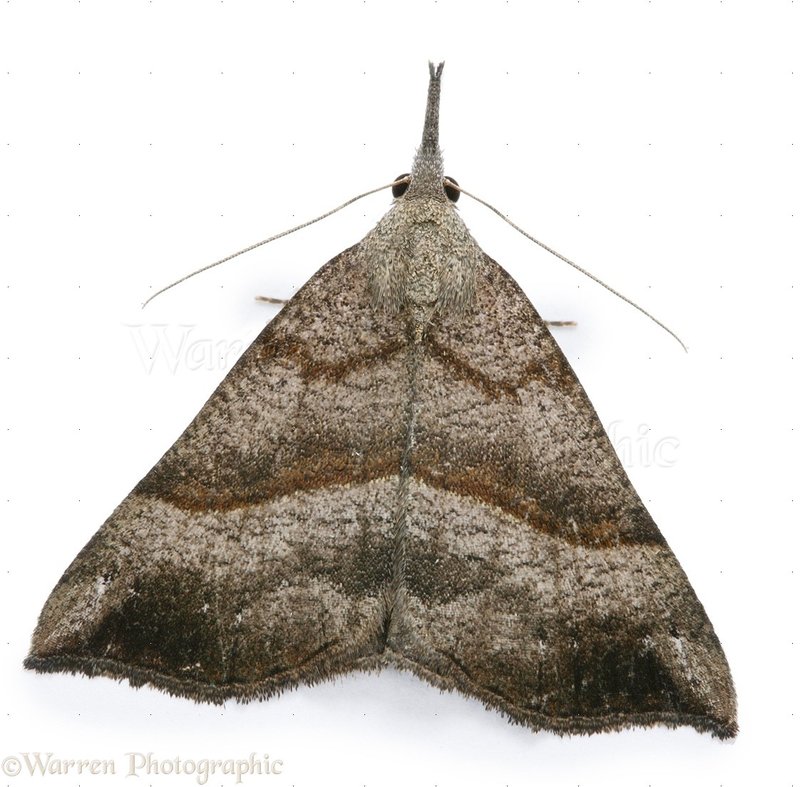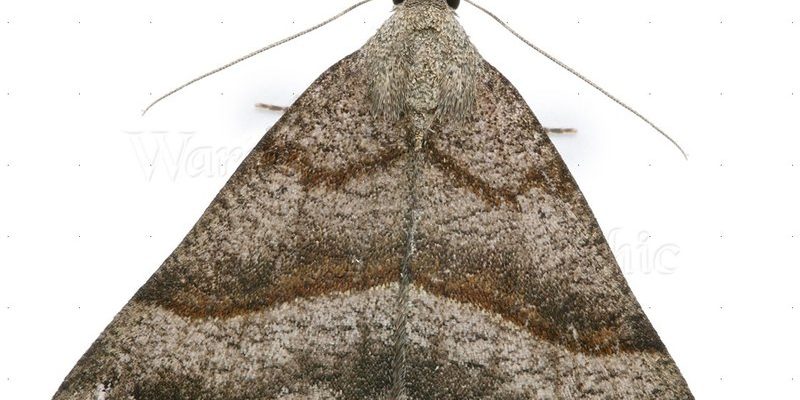
Have you ever heard of the Snout Moth? If not, you’re in for a treat! These fascinating insects belong to the family Pyralidae and are often characterized by their distinctive snout-like projections on their heads. Imagine a tiny creature zipping around with a unique profile that resembles a little needle—pretty cool, right? Snout Moths can be found in a variety of habitats, and their diverse feeding habits make them quite intriguing members of the moth family.
When we talk about Snout Moths, we’re diving into a world filled with unique traits and behaviors that catch the eye of entomologists and nature lovers alike. From their vibrant colors to their varied diets, these little moths tell a story of adaptability and survival. You might be surprised to learn that while many people may not recognize them at first glance, Snout Moths play a critical role in their ecosystems.
What Are Snout Moths?
Snout Moths are part of a larger family known as Pyralidae, which includes a wide range of species. They get their name from their remarkable snout-like extensions, which can make them look quite unique among other moths. These appendages can serve various purposes, including aiding in feeding and even mating rituals. If you’ve ever looked closely at a Snout Moth, you might notice these features immediately.
They tend to be medium-sized, with a wingspan that ranges depending on the species. Most Snout Moths have slender bodies with long, narrow wings that can appear quite delicate. Despite their small size, they have an astonishing variety of colors and patterns on their wings, often making them blend seamlessly into their surroundings. This camouflage is beneficial for evading predators and helps them survive in various environments.
Physical Characteristics
Snout Moths exhibit a range of physical features that make them distinct. The most notable characteristic is their snout, which seems almost comical at first. This protrusion isn’t just for show; it can help them feed on plant matter and other organic material. They come in various colors, from muted browns and blacks to vibrant yellows and greens, making them a visually diverse group.
In terms of size, Snout Moths typically measure between 1 to 3 inches in wingspan, depending on the species. Their bodies are slender and elongated, giving them a unique profile that can be spotted flitting around flowers or resting on tree bark. Their wings, when at rest, often fold tightly against their bodies, resembling leaves or other natural debris—an expert tactic for avoiding predators.
Habitat and Distribution
Snout Moths are found in various habitats worldwide, thriving in both urban and rural environments. They can be commonly seen in gardens, forests, and even grasslands. Their adaptability to numerous habitats is a testament to their survival skills. Some species prefer the moist conditions of tropical rainforests, while others are found in arid regions, showcasing their diverse ecological needs.
You might find them fluttering around light sources at night, as many moths do. However, during the day, they often rest in shaded areas, camouflaging themselves against the bark of trees or the leaves of plants. This strategic behavior is vital for their safety, as being hidden helps them avoid being spotted by hungry birds and other predators.
Diet and Feeding Habits
Snout Moths are quite varied in their dietary preferences! While some species are known to feed on nectar from flowers, others may consume plant material, fruits, or even decomposing organic matter. This adaptability ensures they can thrive in different environments. When it comes to their feeding strategies, these moths typically use their elongated mouthparts, or “snouts,” to sip up liquids or tear into plant tissue.
During different life stages, their diets may change as well. For instance, larvae might munch on specific plants, while adult moths might shift their focus to nectar. This shift is part of a broader survival strategy that helps them maximize their growth potential and reproduction chances.
Life Cycle and Reproduction
The life cycle of a Snout Moth follows the typical moth and butterfly pattern: egg, larva, pupa, and adult. After mating, a female will lay her eggs on or near suitable host plants, offering her offspring a nutritious meal upon hatching. The larvae, often referred to as caterpillars, progress through several stages—commonly known as instars—before they finally pupate.
Pupation can occur in a protective cocoon or among natural debris, depending on the species. Once fully developed, the adult moth emerges ready to continue the cycle, often displaying vibrant colors to attract mates. This cyclical journey from egg to adult showcases the resilience and adaptability of the Snout Moth, proving that even the smallest creatures have a vital role to play in nature.
Threats and Conservation
While Snout Moths are fascinating, they aren’t without threats. Habitat loss due to urbanization and agricultural expansion poses significant risks to their populations. Additionally, climate change can alter the conditions of their habitats, affecting food availability and breeding sites. These factors underline the importance of conservation efforts focused on preserving natural habitats.
Despite these threats, many Snout Moth species are currently not endangered. However, staying vigilant about their populations can help ensure they remain part of our ecosystem for future generations. By supporting local conservation initiatives, you can contribute to the protection of these unique creatures and their habitats.
Interesting Facts about Snout Moths
| Size: | 1 to 3 inches in wingspan |
| Habitat: | Urban, rural, forests, gardens |
| Diet: | Nectar, plant material, fruit |
| Lifespan: | Varies by species; typically a few months |
| Reproduction: | Eggs laid near host plants |
Snout Moths in Culture
While Snout Moths may not have the same fame as butterflies, they hold a special place in various cultures around the world. Some indigenous communities have recognized the natural beauty of these creatures and have incorporated them into local folklore and art. Their unique forms are often celebrated in crafts and jewelry, showcasing the imaginative connection between humans and nature.
In modern culture, Snout Moths have sparked interest among entomologists and nature enthusiasts who aim to photograph and study these fascinating insects. They serve as a reminder of the biodiversity that exists in our world and inspire us to take an active interest in the environment.
How to Attract Snout Moths
If you’re interested in attracting these charming moths to your garden, there are a few simple steps you can take. Planting native flowering plants that bloom at night can provide a food source for adult Snout Moths. Additionally, minimizing the use of pesticides can help create a safe haven for these creatures.
Creating a diverse garden with various flowering plants will encourage a wide array of insects, including Snout Moths. You might even consider installing a small water feature or a compost pile, as these can also draw in beneficial wildlife. By fostering a welcoming environment, you’ll likely see more of these fascinating insects making appearances in your garden.
FAQ
What is the lifespan of a Snout Moth?
The lifespan of a Snout Moth varies by species, but on average, they tend to live for several months. Depending on environmental factors and food availability, this timeframe can shift, particularly in their larval or pupal stages. Adult Snout Moths generally emerge in late spring or summer, when conditions are most favorable for feeding and mating.
Are Snout Moths harmful to humans?
Snout Moths are not harmful to humans. They do not bite or sting, making them quite harmless companions in the garden. However, like many moths, some species might cause damage to stored food or textiles, but this is not a direct threat to people. Overall, they play a beneficial role in the ecosystem by pollinating plants and serving as a food source for other animals.
How can I identify a Snout Moth?
Identifying a Snout Moth can be quite exciting! Look for their unique snout-like projections on their heads and the slender, elongated bodies. Their wings are often narrow and can display a range of colors and patterns, providing a beautiful sight when they flutter around. Observing them during dusk or at night can also aid in identification, as many Snout Moths are nocturnal.
Why are Snout Moths important to the ecosystem?
Snout Moths contribute significantly to the ecosystem by serving as pollinators for various plants. Their feeding habits help facilitate plant reproduction, which is crucial for maintaining biodiversity. Additionally, they act as a food source for many predators, including birds and bats, helping to maintain the balance of their local ecosystems.
Do Snout Moths migrate?
While many Snout Moths don’t migrate in the same way as some butterflies, certain species may exhibit local movements to find food or suitable breeding sites. The ability to adapt to environmental changes allows them to thrive in various habitats, making them resilient even without traditional migratory patterns.
What do Snout Moth larvae eat?
Snout Moth larvae, or caterpillars, typically feed on a variety of plant materials. Depending on their species, they may consume leaves, fruits, or other organic debris. The choice of food is vital for their growth, and they often target specific host plants that provide the necessary nutrients to develop into healthy adults.
Can I find Snout Moths in my area?
Snout Moths are widely distributed and can be found in various regions around the world. Whether in urban gardens, forests, or grasslands, there’s a good chance you may encounter them. To increase your chances, consider planting native flowering plants that attract local moth populations and provide suitable habitats.
How can I support Snout Moth populations?
Supporting Snout Moth populations can be as simple as creating a friendly environment in your garden. Planting a variety of flowering plants, minimizing pesticide use, and establishing habitats like compost piles or water features can all help encourage their presence. Additionally, participating in local conservation efforts can further protect their habitats and promote biodiversity in your area.
Are Snout Moths nocturnal?
Yes, most Snout Moths are nocturnal, becoming active during the night. This behavior allows them to avoid many predators that hunt during the day. You might notice them fluttering around lights or flowers in the evening, where they search for food and mating opportunities, making them a delightful sight for night owls!
What is the significance of the snout on a Snout Moth?
The snout on a Snout Moth serves several purposes, most notably aiding in feeding. This unique feature allows them to reach nectar deep within flowers, which would be inaccessible to other insects. Additionally, the snout may play a role in mating displays, helping to attract potential partners and ensuring successful reproduction.

